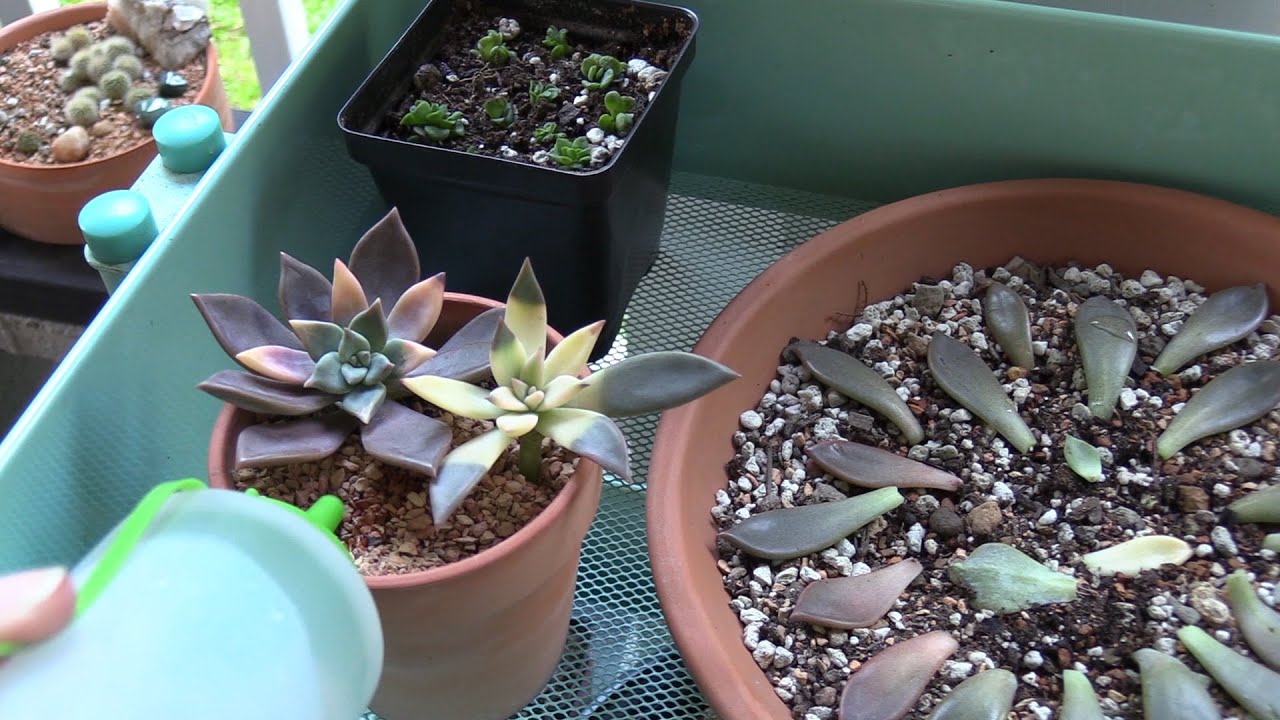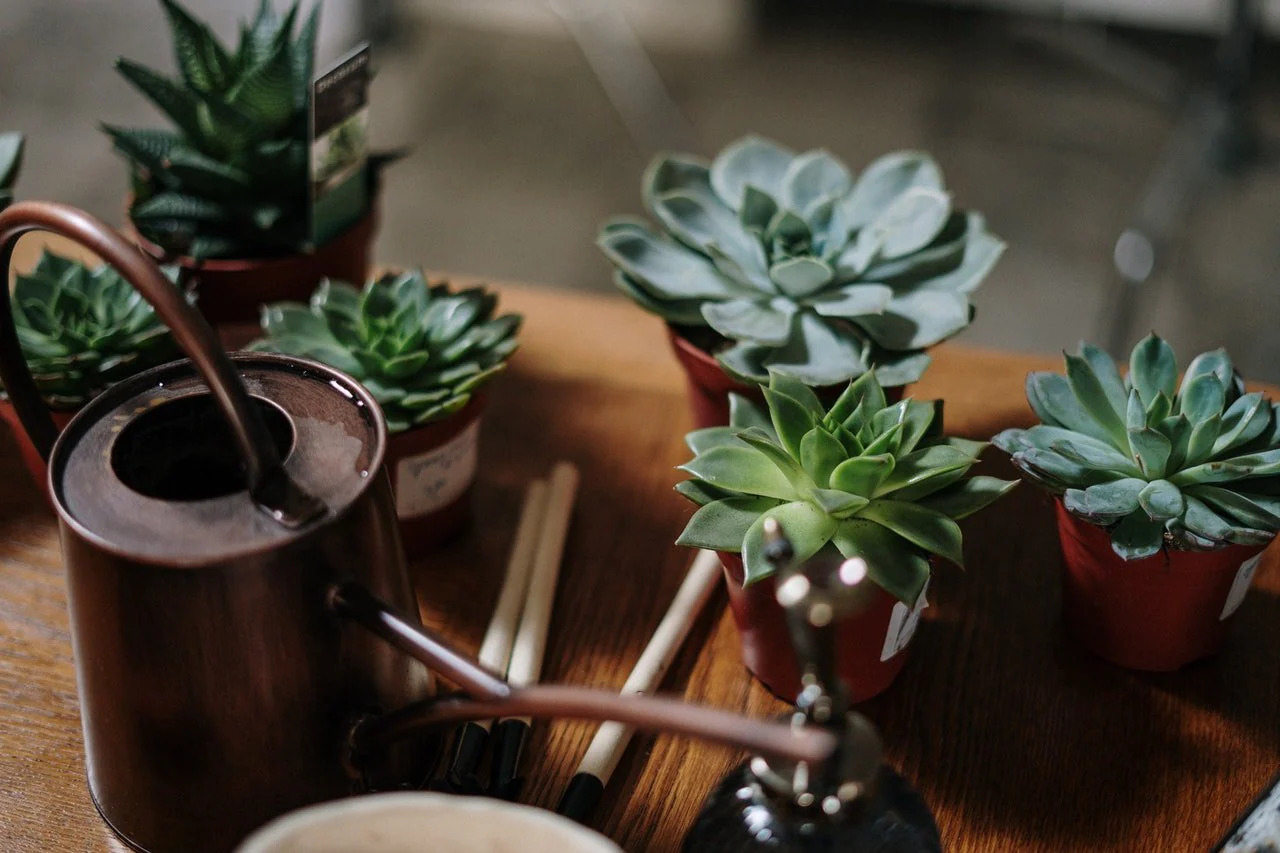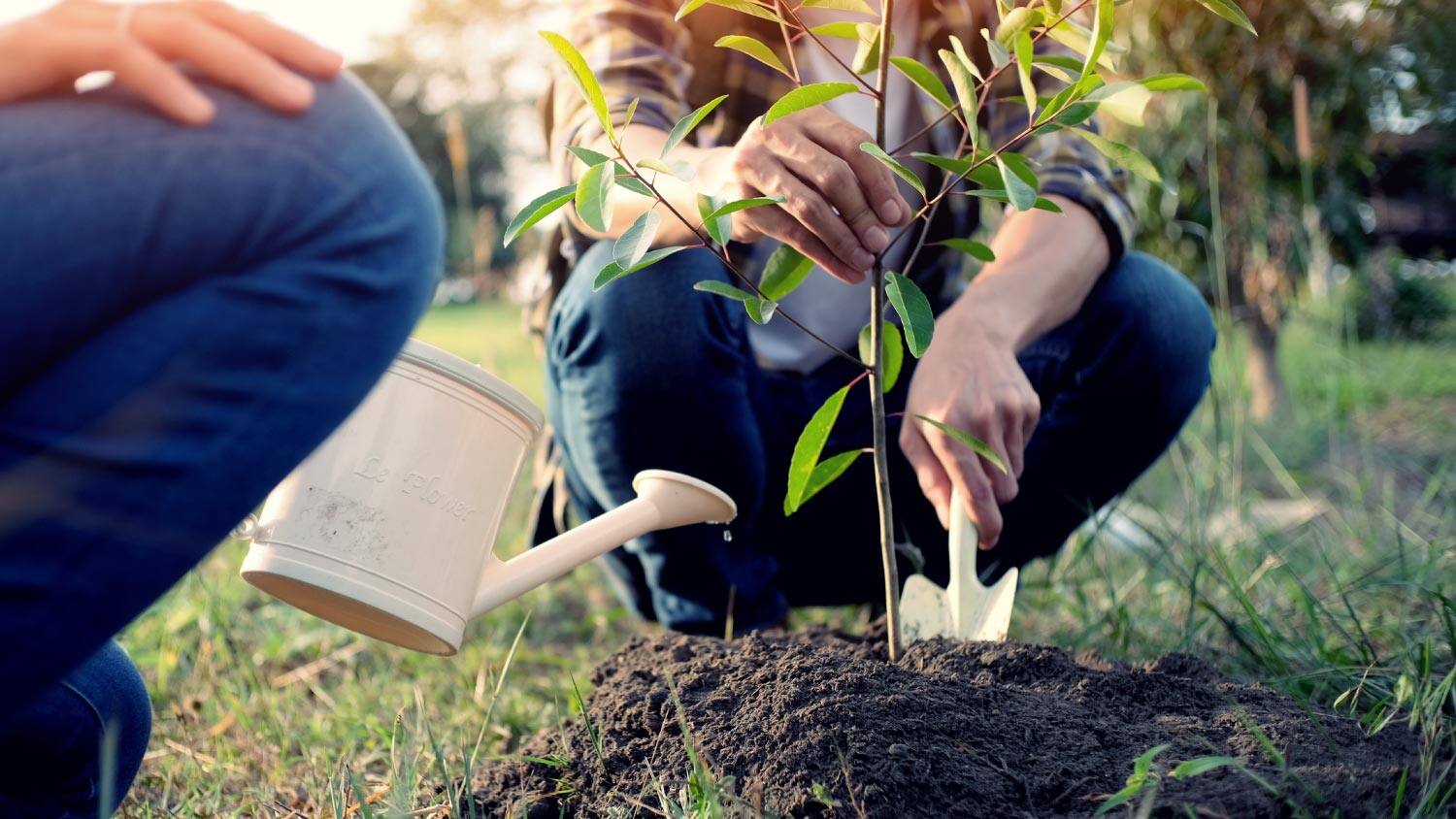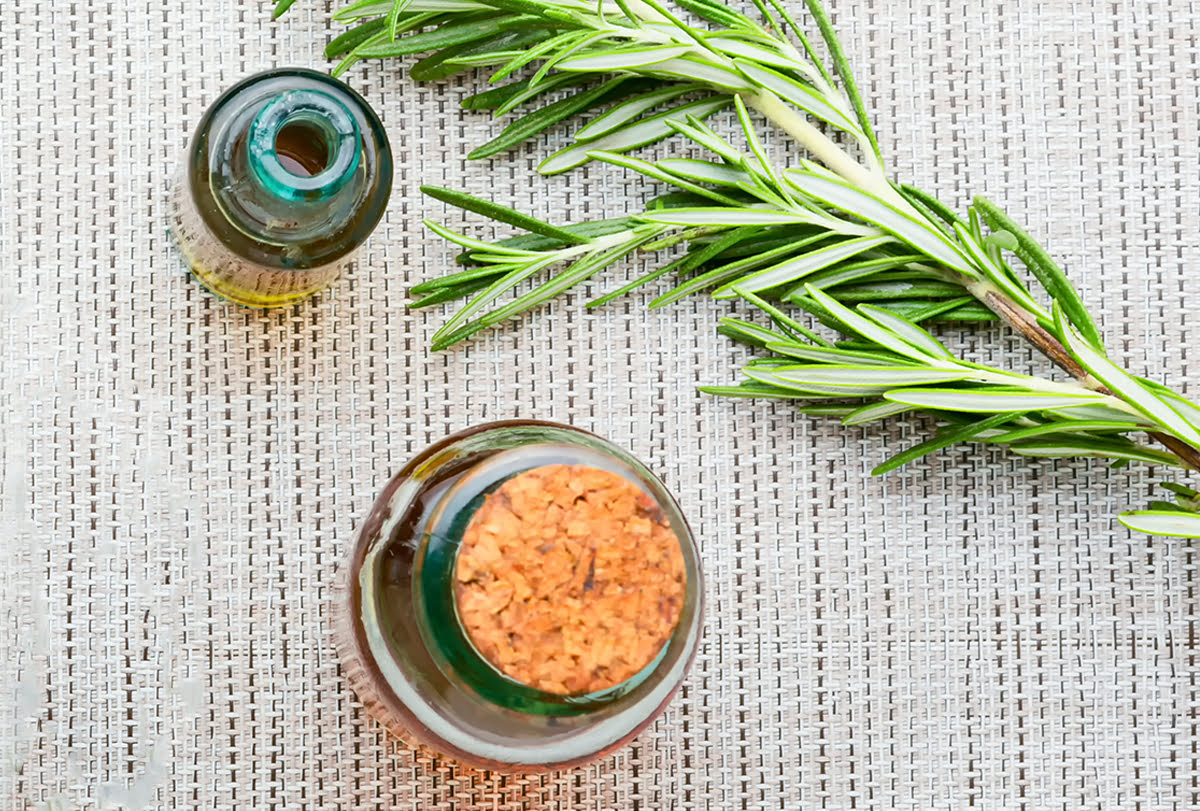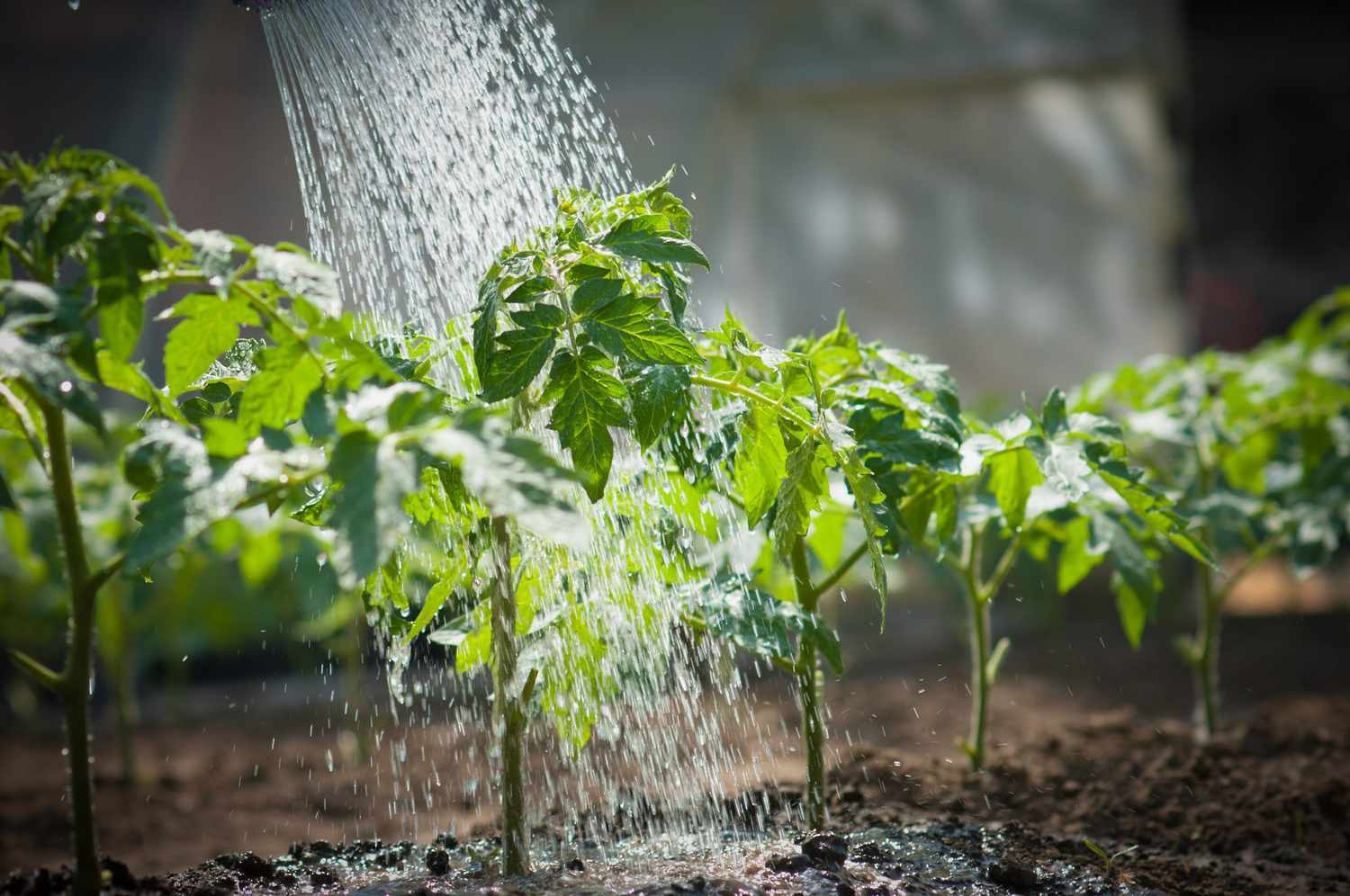Home>Gardening Tips and Tricks>Maximizing Yield>How Often Do I Water Herbs
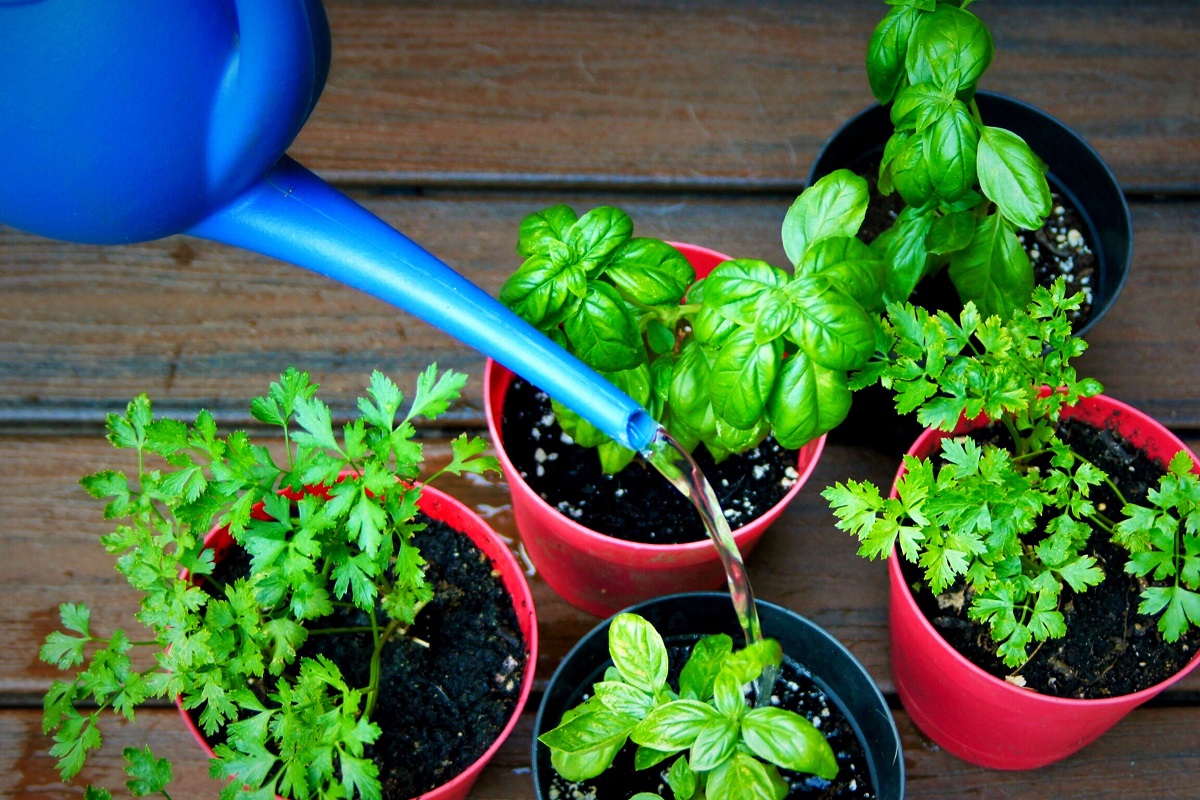

Maximizing Yield
How Often Do I Water Herbs
Modified: January 22, 2024
Learn how often to water your herbs for maximizing yield and healthy growth. Discover the essential watering tips to keep your herb garden thriving.
(Many of the links in this article redirect to a specific reviewed product. Your purchase of these products through affiliate links helps to generate commission for Chicagolandgardening.com, at no extra cost. Learn more)
Table of Contents
Introduction
When it comes to growing herbs, proper watering is essential for their overall health and productivity. Just like any other plant, herbs require an adequate amount of water to thrive. However, one common question among herb growers is how often to water their plants. The watering frequency for herbs can vary depending on several factors, including the type of herb, the climate, and the growing conditions.
To determine the ideal watering schedule for your herbs, it is crucial to consider these factors. Understanding the specific needs of your herbs will help ensure that they receive the right amount of water, preventing issues such as overwatering or underwatering.
In this article, we will explore the factors to consider when determining how often to water your herbs. We will also provide guidelines for watering different types of herbs, signs of overwatering and underwatering, and best practices for proper watering. By following these tips, you can maximize the yield and health of your herb plants.
Factors to Consider
When deciding how often to water your herbs, it’s important to take into account several factors that can affect their water requirements. By considering these factors, you can create a watering routine that caters to the specific needs of your herbs and promotes their optimum growth.
- Type of Herb: Different herbs have different water requirements. Some herbs, like basil and parsley, thrive in moist soil and require more frequent watering. Others, such as rosemary and thyme, prefer drier conditions and need less frequent watering. It’s essential to research the specific water needs of each herb in your garden to ensure you are providing the right amount of water.
- Climate: The climate in your region plays a significant role in determining your watering schedule. In hot and dry climates, herbs tend to lose moisture quickly and may require more frequent watering. On the other hand, in cooler and more humid climates, herbs may need less water. Understanding the local climate will help you adjust your watering routine accordingly.
- Growing Conditions: The growing conditions of your herbs, such as the type of soil and the presence of shade or sunlight, can influence their water requirements. Well-draining soil allows excess water to drain away, preventing waterlogged roots. Herbs that receive more sunlight may also require more water to combat evaporation. Evaluate these growing conditions to determine the watering needs of your herbs.
- Stage of Growth: The growth stage of your herbs can impact their water requirements. Newly planted or recently transplanted herbs may need more frequent watering to help establish their roots. Once established, herbs may require less water. Additionally, herbs that are in the flowering or fruiting stage may need additional water to support the development of their blooms or fruits.
By considering these factors, you can create a watering routine that meets the specific needs of your herbs. This tailored approach will help your herbs thrive and maximize their yield.
Watering Frequency for Different Herbs
Each herb has its own unique water requirements, so it’s essential to understand the specific needs of the herbs you are growing. Here are some general guidelines for watering frequency based on popular herbs:
- Basil: Basil prefers consistently moist soil, so it’s best to water it regularly. Aim to water basil plants about 1-2 times a week, depending on the weather and moisture levels in the soil.
- Rosemary: Rosemary prefers drier soil and thrives in well-drained conditions. Allow the top inch of soil to dry out between waterings. Water rosemary plants deeply but less frequently, about once every 7-10 days.
- Parsley: Parsley enjoys moist soil but doesn’t tolerate waterlogged conditions. Water parsley plants deeply and frequently, aiming for 2-3 times a week.
- Mint: Mint loves moisture and thrives in consistently moist soil. Water mint plants regularly, about 2-3 times a week, to keep the soil evenly moist.
- Thyme: Thyme prefers drier conditions and does well in soil that dries out between waterings. Water thyme plants deeply but infrequently, allowing the soil to dry about halfway before the next watering.
Remember that these are general guidelines, and it’s crucial to monitor the moisture levels in the soil and observe how your herbs respond to watering. Adjust the frequency based on your specific growing conditions and the needs of your herbs.
Additionally, it’s important to note that containers and pots tend to dry out more quickly than garden beds, so herbs planted in containers may need more frequent watering.
By following these watering guidelines, you’ll provide your herbs with the right amount of moisture, promoting healthy growth and enhancing their flavor and aroma.
Signs of Overwatering
While it’s crucial to provide adequate water for your herbs, overwatering can have detrimental effects on their health. Here are some signs that indicate you may be overwatering your herbs:
- Yellowing Leaves: One of the most common signs of overwatering is yellowing leaves. If your herb’s leaves start turning yellow and appear wilted or droopy, it’s likely a result of excessive moisture.
- Mold or Fungus Growth: Overly wet soil creates a favorable environment for mold and fungus to thrive. If you notice any mold or fungal growth on the soil surface or on the leaves of your herbs, it may be a sign of overwatering.
- Root Rot: Overwatering can lead to root rot, a condition where the roots become saturated and start to decay. If your herbs show signs of weak, mushy, or blackened roots, it’s an indication of root rot caused by excessive watering.
- Wilting: While wilting is often associated with dehydration, overwatered plants can also exhibit wilting. This is because the roots become waterlogged and are unable to absorb oxygen, leading to wilting despite sufficient moisture in the soil.
- Stunted Growth: Overwatering can inhibit the growth of your herbs. If you notice that your herbs are not growing or developing as expected, it may be due to the excessive moisture impacting their ability to take in essential nutrients.
If you observe any of these signs, it’s crucial to take action to correct the issue. To remedy overwatering, ensure that the soil has good drainage and adjust your watering schedule accordingly. Allow the soil to dry out between waterings to prevent further complications and promote healthier herb growth.
Remember that prevention is key, so always check the moisture level of the soil before watering and maintain a consistent watering routine based on the specific needs of your herbs.
Signs of Underwatering
Proper watering is essential for the health and well-being of your herb plants. Underwatering can cause stress and hinder growth. Here are some common signs that indicate your herbs may be experiencing a lack of water:
- Wilting: When herbs don’t receive enough water, they may wilt and appear limp. The leaves may droop or become soft and flat.
- Dry and Crispy Leaves: Underwatered herbs may develop dry, brittle leaves that are prone to curling or browning at the edges. This is a result of the plant’s effort to conserve water.
- Slow Growth: Insufficient water can slow down the growth of herbs. If you notice that your plants are not growing as expected, it could be due to a lack of water.
- Yellowing Leaves: In severe cases of underwatering, the leaves of the herbs may turn yellow or brown, starting from the tips. This discoloration occurs as the plant tries to conserve moisture.
- Soil Dryness: Dry and crumbly soil is a good indicator of underwatering. If the soil feels dry to the touch, it may be time to water your herbs.
If you notice any of these signs, it’s crucial to take action and provide your herbs with sufficient water. To remedy underwatering, ensure that you thoroughly water the plants, allowing the water to penetrate the soil and reach the roots. However, avoid overwatering, as it can lead to other issues.
Establishing a regular watering schedule based on the specific needs of your herbs can prevent underwatering. Monitor the moisture level of the soil by feeling the top inch with your finger. If it feels dry, it’s a sign that your herbs need watering.
Remember that the watering needs of your herbs may vary based on factors such as the type of herb, climate, and growing conditions. It’s important to be attentive to the signs your plants exhibit and adjust your watering routine accordingly for healthier and vibrant herb plants.
Best Practices for Watering Herbs
To ensure the health and vitality of your herb garden, it’s important to follow some best practices when it comes to watering. These practices will help you provide the right amount of water to your herbs and prevent issues such as overwatering or underwatering. Here are some tips:
- Know Your Herbs: Research the specific water requirements of the herbs you are growing. Understand whether they prefer moist or drier soil and adjust your watering schedule accordingly.
- Water Deeply: When watering your herbs, aim to provide a deep watering that reaches the root zone. This encourages the roots to grow deeper into the soil, promoting stronger and healthier plants.
- Water in the Morning: Water your herbs in the morning to allow sufficient time for the foliage to dry before evening. This helps prevent the development of fungal diseases and ensures the herbs receive adequate moisture throughout the day.
- Use Mulch: Applying a layer of organic mulch around your herbs can help retain moisture in the soil, reducing water loss through evaporation. Mulch also helps regulate soil temperature and suppresses weed growth.
- Check Soil Moisture: Regularly check the moisture level of the soil by sticking your finger into the top inch. Only water when the soil feels dry to the touch, as this indicates a need for water. Avoid watering on a fixed schedule.
- Provide Good Drainage: Ensure that the soil has good drainage to prevent water from pooling around the roots. Well-draining soil allows excess water to escape, reducing the risk of root rot and other water-related issues.
- Consider Container Drainage: If you are growing herbs in containers, ensure that the pots have drainage holes to prevent water from accumulating at the bottom. This allows excess water to escape and promotes healthier root systems.
- Observe Herb Health: Regularly monitor your herb plants for any signs of overwatering or underwatering. Adjust your watering routine accordingly based on the specific needs of your herbs and the growing conditions.
Following these best practices will help you establish an effective watering routine for your herbs. It will ensure that your herbs receive the right amount of water, optimizing their growth and yield.
Conclusion
Proper watering is essential for the health and productivity of your herb garden. Understanding the factors that influence watering needs, such as the type of herb, climate, and growing conditions, is crucial for establishing an effective watering routine. By considering these factors and following best practices, you can provide your herbs with the right amount of moisture, maximizing their yield and overall well-being.
Remember to tailor your watering schedule to the specific needs of each herb. Some herbs, like basil and parsley, prefer moist soil and may require more frequent watering, while others, like rosemary and thyme, thrive in drier conditions and need less water. Monitoring the moisture levels of the soil, checking for signs of overwatering or underwatering, and making adjustments accordingly will help maintain the health of your herb plants.
Ensure that you water your herbs deeply, providing sufficient water to reach the root zone. Watering in the morning and using mulch to regulate soil moisture and temperature are also beneficial practices. Additionally, good drainage is crucial, both in the soil and in container gardens, to prevent problems associated with waterlogging.
By following these guidelines and paying attention to the specific needs of your herbs, you can cultivate a thriving herb garden and enjoy the flavors and aromas of your homegrown herbs. Remember, proper watering is just one aspect of herb care; be sure to consider other factors such as sunlight, fertilization, and pruning for comprehensive plant care.
With the right watering practices, your herb garden will flourish, providing you with a bountiful harvest of fresh, flavorful herbs to elevate your culinary adventures and enrich your daily life.
